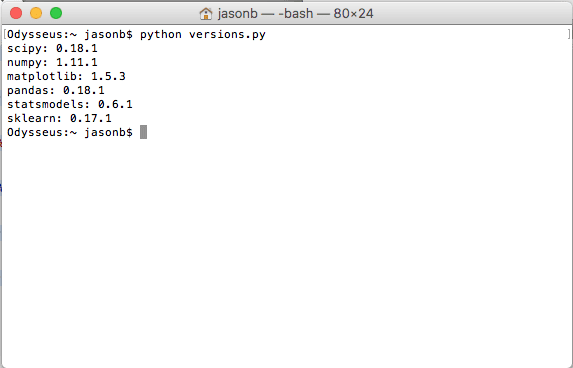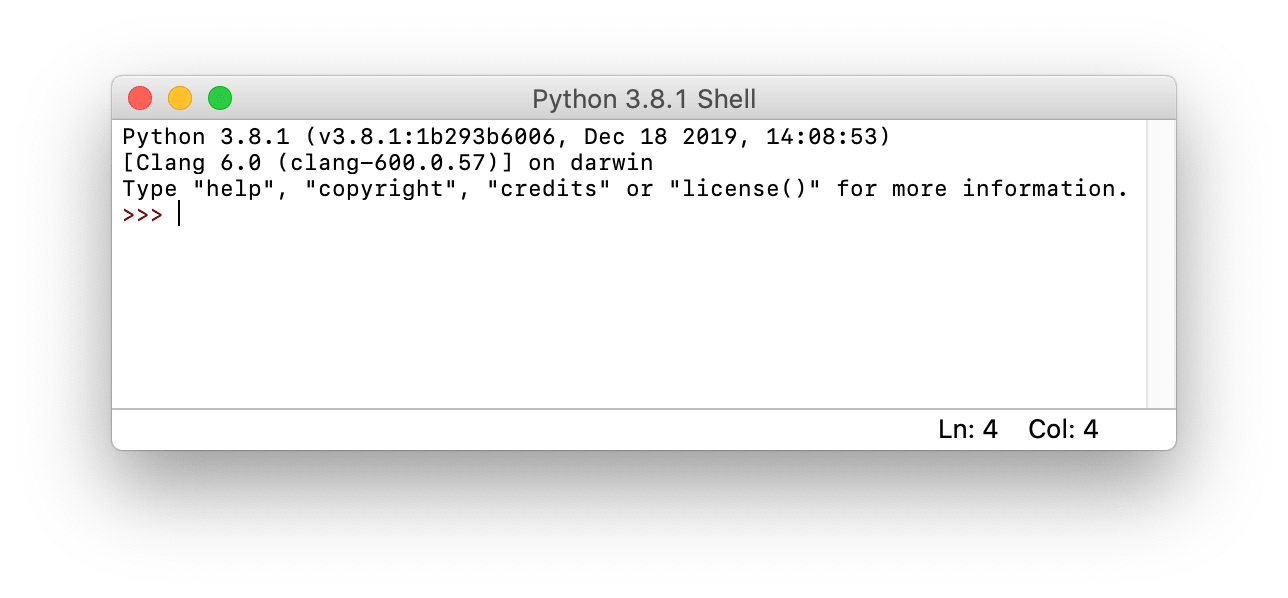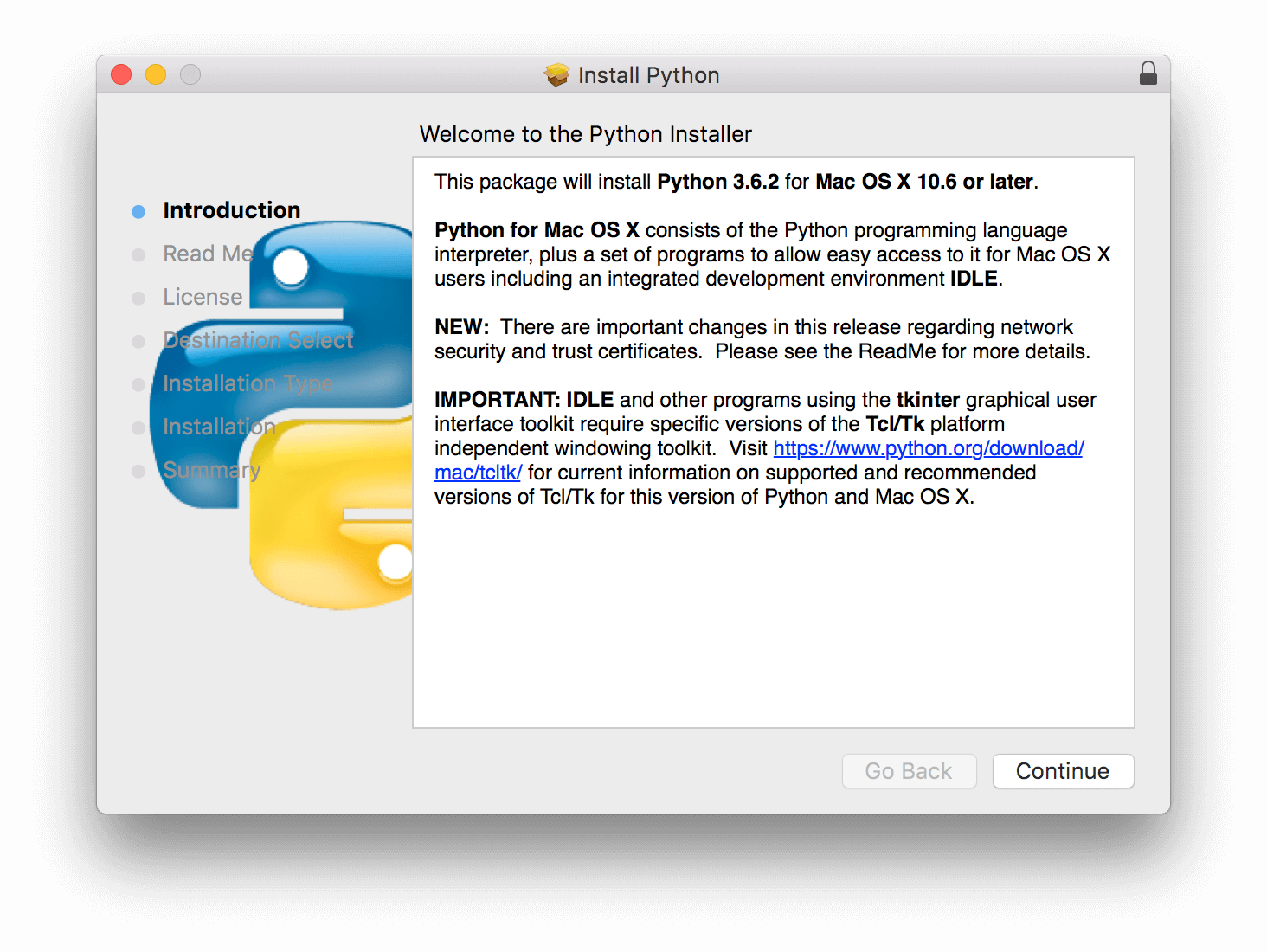

Download and install the pre-built Virtual Assistant runtime environment (including Python 3.6) for Windows 10, macOS, CentOS 7, or….I’ll be using ActivePython, for which you have two choices: To follow along with the code in this tutorial, you’ll need to have a recent version of Python installed. Fortunately, it’s relatively easy to build your own.ĭigital Virtual Assistant in Python – Step 1: Installing Python Despite the inherent “cool” factor that comes with using a digital assistant, you may find that the aforementioned digital assistants don’t cater to your specific needs.

While each assistant may specialize in slightly different tasks, they all seek to make the user’s life easier through verbal interactions so you don’t have to search out a keyboard to find answers to questions like “What’s the weather today?” or “Where is Switzerland?”. The rise of automation, along with increased computational power, novel application of statistical algorithms, and improved accessibility to data, have resulted in the birth of the personal digital assistant market, popularly represented by Apple’s Siri, Microsoft’s Cortana, Google’s Google Assistant, and Amazon’s Alexa.

From there, you can customize it to perform whatever tasks you need most. This tutorial will walk you through the basics of building your own digital virtual assistant in Python, complete with voice activation plus response to a few basic inquiries.


 0 kommentar(er)
0 kommentar(er)
